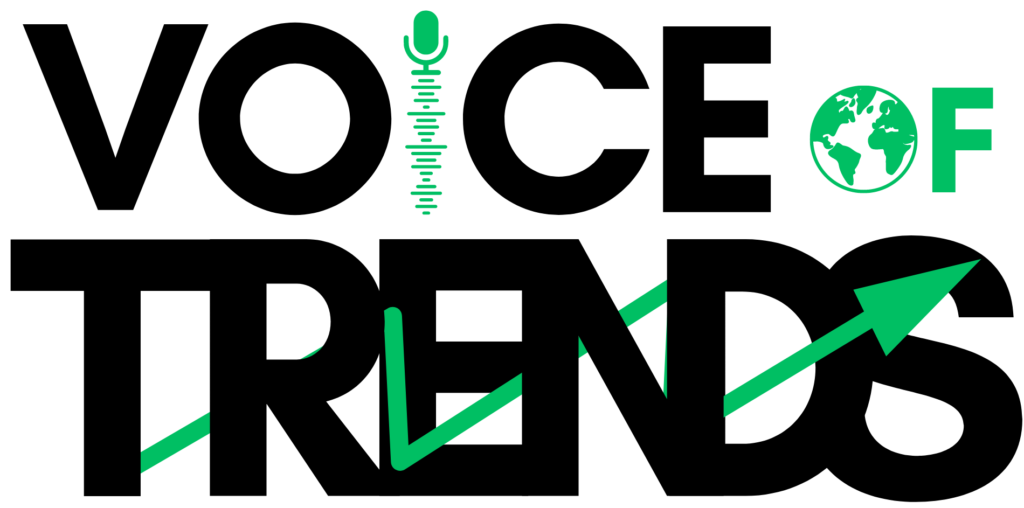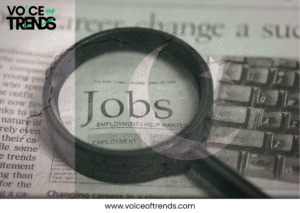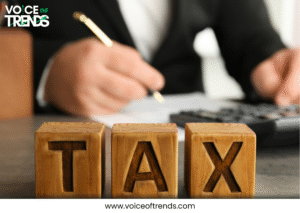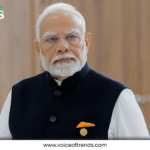As the 2025-26 financial year approaches, governments around the world are preparing budget plans that could impact consumers at the fuel pump. One key change on the horizon is the introduction or increase of carbon levies on petroleum products, which aim to address environmental concerns while raising government revenues. However, these levies are likely to push up petrol and diesel prices, which will already put pressure on household budgets. Here’s a detailed look at how the carbon levy in the 2025-26 budget could affect fuel prices and what it means for consumers.
Table of Contents
ToggleWhat Is a Carbon Levy?
A carbon levy is a tax levied on fuels such as petrol and diesel based on their carbon dioxide emissions. The aim is to discourage the use of fossil fuels, encourage clean energy alternatives and fund environmental measures. Governments often integrate these levies into broader fiscal policies to meet environmental goals, such as reducing greenhouse gas emissions in line with international agreements. In 2025-26, several countries plan to introduce or adjust carbon levies, which will directly impact fuel prices.
Recent Updates on Carbon Levies and Fuel Prices
Pakistan: New Carbon Levy Proposal
The Government of Pakistan has announced plans to implement a carbon levy of Rs 2.5 per liter on petrol and diesel, which is expected to be enforced in the upcoming period. In the fiscal year 2025–26, prices are projected to rise by as much as Rs 5 per liter in the following years. The levy, part of the upcoming budget to be presented on June 10, 2025, aims to raise about Rs 45 billion in revenue to support green budget initiatives. As of now, petrol is priced at Rs 252.63 per liter, while diesel stands at Rs 254.64 per liter. If the suggested levy is implemented, the cost of petrol may increase to Rs 256.13 per liter and diesel to Rs 257.14 per liter by mid-June 2025. Additionally, the Petroleum Development Levy (PDL) could increase by up to Rs 100 per liter, potentially pushing fuel prices closer to Rs 290-295 per liter. The move is in line with Pakistan’s commitments to the International Monetary Fund (IMF) for financial reforms, but it could further burden consumers who are already struggling with high inflation.
South Africa: Fuel Levy and Carbon Tax Hikes
In South Africa, Finance Minister Enoch Godongwana announced inflation-linked increases to the General Fuel Levy (GFL) for the 2025-26 financial year, effective from 4 June 2025. The GFL on petrol will increase by 16 cents to R4.01 per litre, and diesel by 15 cents to R83.5 per litre. Combined with the existing Road Accident Fund Levy (R2.18), the 14-cent carbon tax, and the 4-cent customs duty, the total tax on petrol will reach R6.37 per litre – about 30% of the pump price. While market trends suggested a potential reduction in the price of fuel due to the strong rand and excess collections (22 cents for petrol, 49 cents for diesel), the increase in the levy could offset these savings. If global oil prices rise or the rand weakens, petrol prices could see a modest increase rather than the expected 3% decline.
Starting 1 January 2025, South Africa increased its carbon tax rate to R236 per tonne of CO2 equivalent, up from the previous rate of R190. Additionally, the carbon fuel levy saw a rise of 3 cents per litre to 14 cents for petrol and 17 cents for diesel, effective 2 April 2025. Financial pressure on motorists.
Other Regions: Global Trends
Globally, carbon levies are becoming a common tool for governments to meet climate targetsStarting from 1 April 2026, the UK will adjust the Climate Change Levy (CCL) rates for electricity, gas, and solid fuels per the Retail Price Index (RPI). However, the levy rate for liquefied petroleum gas (LPG) will stay unchanged. The UK’s carbon price support rate will remain at £18 per tonne of CO2 in 2026-27, ensuring that businesses continue to receive incentives for energy efficiency. In Ireland, the carbon tax on petrol and diesel will increase from €56 to €63.50 per tonne of CO2 from October 2025, adding around €1.28 to the average petrol fill-up and €1.48 to the diesel.
Why Are Carbon Levies Being Introduced?
Governments are introducing carbon levies for several reasons:
Environmental Goals: Levies aim to reduce fossil fuel consumption, aligning with global commitments like the Paris Agreement and net-zero targets by 2050.
Revenue Generation: The additional revenue from carbon levies funds green initiatives, such as renewable energy projects, retrofitting programs, and climate adaptation measures.
Fiscal Balancing: In many countries, carbon levies help to offset revenue shortfalls from other tax adjustments, such as South Africa’s VAT hike or Pakistan’s IMF-backed fiscal reforms.
How Will This Impact Consumers?
The introduction or increase of carbon levies will likely lead to an increase in fuel prices, affecting both individual consumers and businesses. Here’s how:
Higher Pump Prices: In Pakistan, the suggested carbon levy of R2.5 to R5 per litre may lead to a sharp rise in petrol and diesel prices, which could surpass R290 per litre when combined with a hike in the petroleum development levy (PDL). In South Africa, the total tax burden of R6.37 per litre on petrol could negate potential price reductions.
Increased Living Costs: Higher




















